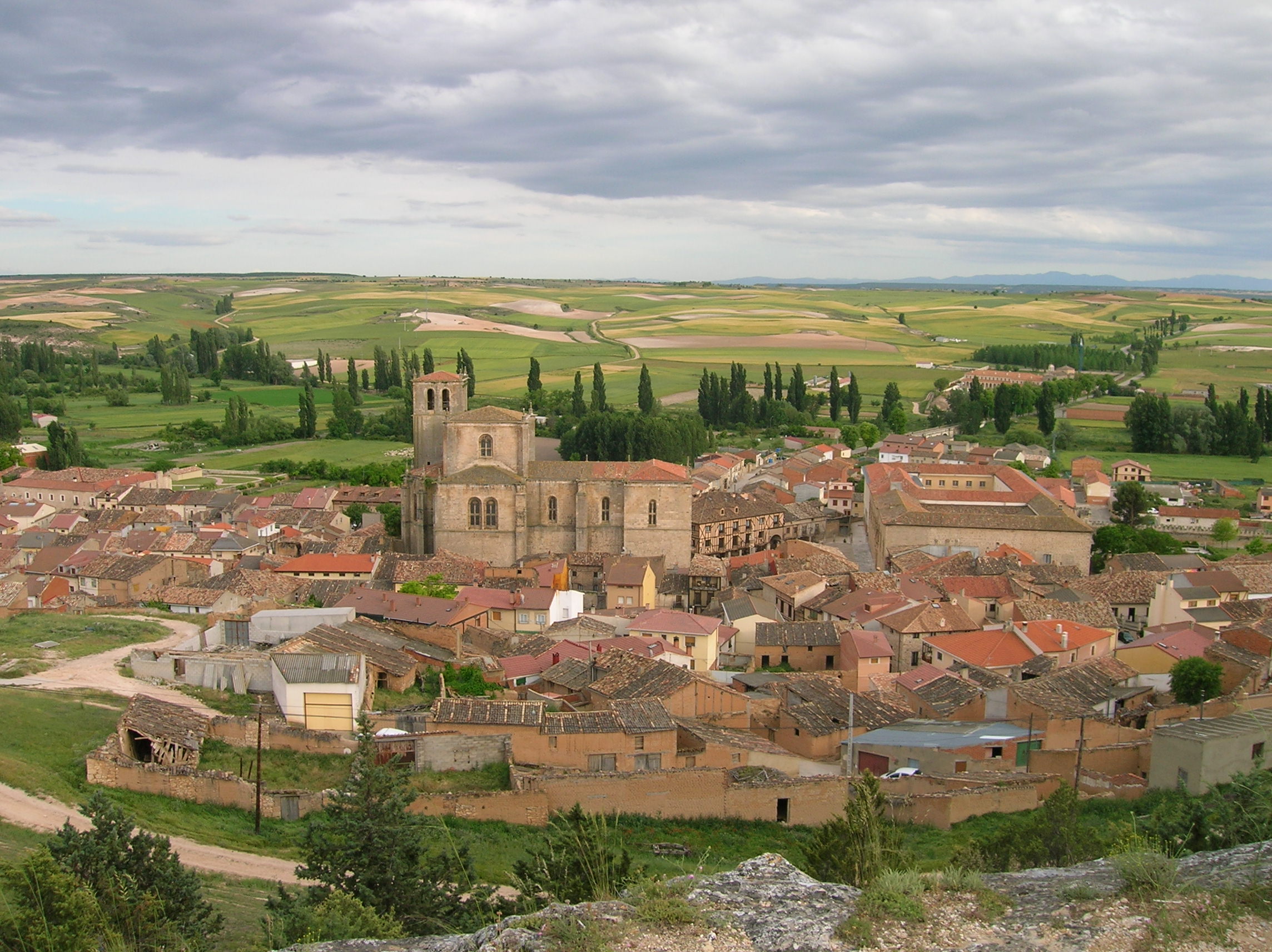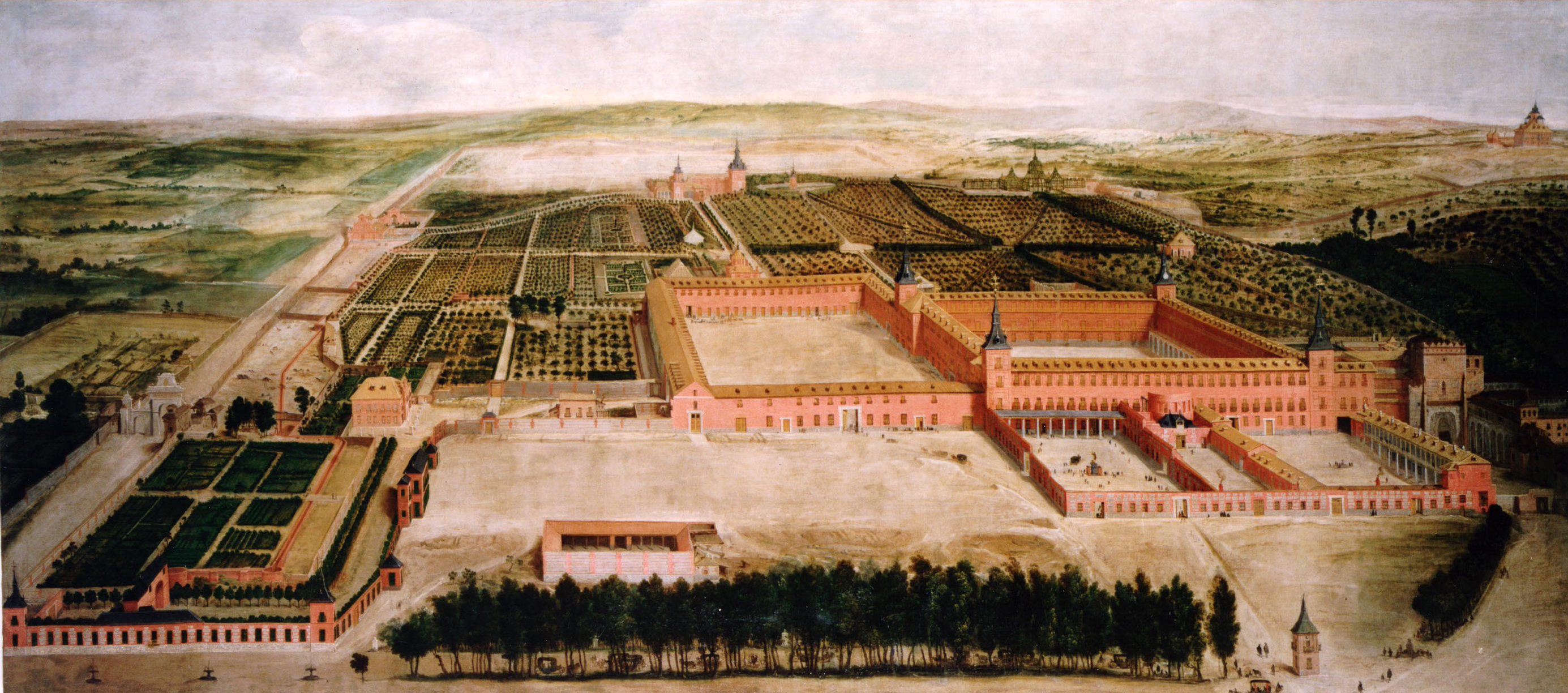|
Jardín Histórico
A jardín histórico is a Spanish historic garden. In Spain ''Jardín histórico'' is a heritage listing which protects historic gardens. (The English equivalent would be the English Heritage 'Register of Historic Parks and Gardens of special historic interest in England'). The Spanish listing was established in 1983, replacing a former heritage category ''Jardín artístico''. It is currently regulated by the Ministry of Education, Culture and Sport. Some of Spain's national heritage sites are protected under more than one classification. For example, the Alhambra and Generalife are designated for buildings and gardens. Individual trees may be protected by ''Árbol singular'' status (the Spanish equivalent of a Tree preservation order). For example, a ''taxodium mucronatum'' which is one of the oldest trees in the Buen Retiro Park is catalogued as an ''arbol singular'' and can be viewed with other remarkable trees on a trail. See also * Bien de Interés Cultural. ''Jardín hist ... [...More Info...] [...Related Items...] OR: [Wikipedia] [Google] [Baidu] |
English Heritage
English Heritage (officially the English Heritage Trust) is a charity that manages over 400 historic monuments, buildings and places. These include prehistoric sites, medieval castles, Roman forts and country houses. The charity states that it uses these properties to "bring the story of England to life for over 10 million people each year". Within its portfolio are Stonehenge, Dover Castle, Tintagel Castle and the best preserved parts of Hadrian's Wall. English Heritage also manages the London Blue Plaque scheme, which links influential historical figures to particular buildings. When originally formed in 1983, English Heritage was the operating name of an executive non-departmental public body of the British Government, officially titled the Historic Buildings and Monuments Commission for England, that ran the national system of heritage protection and managed a range of historic properties. It was created to combine the roles of existing bodies that had emerged from a long ... [...More Info...] [...Related Items...] OR: [Wikipedia] [Google] [Baidu] |
Bien De Interés Cultural
A Bien de Interés Cultural is a category of the heritage register in Spain. The term is also used in Venezuela and other Spanish-speaking countries. The term literally means a "good of cultural interest" ("goods" in the economic sense) and includes not only material heritage (cultural property), like monuments or movable works of art, but also intangible cultural heritage, such as the Silbo Gomero language. Some ''bienes'' enjoy international protection as World Heritage Sites or Masterpieces of the Oral and Intangible Heritage of Humanity. History In Spain, the category of ''Bien de Interés Cultural'' dates from 1985 when it replaced the former heritage category of '' Monumento nacional ''(national monument) in order to extend protection to a wider range of cultural property. The category has been translated as "Cultural Interest Asset". ''Monumentos'' are now identified as one of the sub-categories of ''Bien de Interés Cultural.'' Sub-categories The movable heritage d ... [...More Info...] [...Related Items...] OR: [Wikipedia] [Google] [Baidu] |
Spanish Garden
A traditional Spanish garden is a style of garden or designed landscape developed in historic Spain. Especially in America, the term tends to be used of a garden design style with a formal arrangement that evokes, usually not very precisely, the sort of plan and planting developed in southern Spain, incorporating principles and elements from precedents in ancient Persian gardens, Roman gardens and Islamic gardens, and the great Moorish gardens (historically known as ''riyad''s) of the Al-Andalus era on the Iberian Peninsula. In other parts of Spain, public parks and large gardens have been more influenced by the Italian garden, French formal garden, and even the English landscape garden. Spain has a variety of climatic conditions, especially in altitude and rainfall, and modern Spanish gardens are very varied accordingly. Spanish urban housing has long had more apartments than small houses, and the small houses have traditionally lacked front garden, with not that much to the re ... [...More Info...] [...Related Items...] OR: [Wikipedia] [Google] [Baidu] |
Bulls Of Guisando
The Bulls of Guisando ( es, Toros de Guisando) are a set of ancient sculptures located on the hill of Guisando in the municipality of El Tiemblo, Ávila (province), Ávila, Spain. The four sculptures, made of granite, represent quadrupeds identified as bulls or domestic pig, pigs. The balance of opinion favours bulls: there are holes which have been interpreted as sockets for horns. The Bulls of Guisando are examples of a type of ancient sculpture called verracos of which hundreds are known. They are associated with the territory of the pre-Roman peoples known as the Vettones. The Bulls may have been made during the 2nd century BCE. Whether they are in their original position is debatable. There are some Latin graffiti on them which may mean they were repositioned in Roman times. The field around the Bulls was the place where the Treaty of the Bulls of Guisando was signed between Henry IV of Castile and his half-sister Isabella of Castile on September 18, 1468, which granted he ... [...More Info...] [...Related Items...] OR: [Wikipedia] [Google] [Baidu] |
Monument (Spain)
The current legislation regarding historical monuments in Spain dates from 1985. However, ''Monumentos nacionales'' (to use the original term) were first designated in the nineteenth century. It was a fairly broad category for national heritage sites protecting, for example, the Alhambra. The overarching category for Spanish heritage sites is now ''Bien de Interés Cultural'' ("good of cultural interest"). . Now there are some 13,000 monuments registered by the |
Conjunto Histórico
In Spain, the legal designation ''Conjunto histórico'' (formerly ''Conjunto Histórico-Artístico'' or "Historic-Artistic Grouping") is part of the national system of heritage listing. It is applied to buildings in a given locality. It is typically used to protect complete villages, such as Peñaranda de Duero, or historic quarters of towns such as Avilés. ''Conjunto'' means "group", and as a group listing, the ''Conjunto histórico'' is comparable with the British concept of a Conservation Area. ''Conjunto histórico'' is a sub-category within a broader category of ''Bien de Interés Cultural'', which protects Spain's cultural heritage and is regulated by the country's Ministry of Culture. As well as ''conjuntos históricos'', the category of ''Bien de Interés Cultural'' includes the following sub-categories of non-movable heritage: * '' Jardín histórico'', historic garden (for example the gardens of Aranjuez) * '' Monumento'' * ''Sitio histórico'' (for example the Bulls ... [...More Info...] [...Related Items...] OR: [Wikipedia] [Google] [Baidu] |
Ministry Of Culture (Spain)
The Ministry of Culture and Sport (MCD) is the department of the Government of Spain responsible for the promotion, protection and dissemination of the Spanish historical heritage, national museums, art, books, reading and literary creation, of cinematographic and audiovisual activities and of national archives and libraries. It is also responsible for the promotion and dissemination of culture in Spanish, as well as the promotion of cultural cooperation and, in coordination with the Ministry of Foreign Affairs, European Union and Cooperation, of international relations in the field of culture. Likewise, the MCD is responsible for the proposal and execution of the government' policy on sport. The MCD is headed by the Culture Minister, a Cabinet member who is appointed by the Monarch on advice of the Prime Minister. Like the Ministry of Agriculture, it does not have any Secretariat of State and is organized through a General Secretariat (with the rank of undersecretariat) and th ... [...More Info...] [...Related Items...] OR: [Wikipedia] [Google] [Baidu] |
Buen Retiro Park
The Buen Retiro Park (Spanish: ''Parque del Buen Retiro'', literally "Good retirement park"), Retiro Park or simply El Retiro is one of the largest parks of the city of Madrid, Spain. The park belonged to the Spanish Monarchy until the late 19th century, when it became a public park. In 2021, Buen Retiro Park became part of a combined UNESCO World Heritage Site with Paseo del Prado. Location The Buen Retiro Park is a large and popular park at the edge of the city centre, very close to the Puerta de Alcalá and not far from the Prado Museum. On its grounds are gardens, statues and other monuments, galleries, an artificial lake, and venues which host a variety of events. The park is entirely surrounded by the present-day city. History of the park and palace In 1505, at the time of Isabella I (r. 1474–1504) the Jeronimos monastery was moved from an unsuitable location elsewhere to the present site of San Jeronimo el Real Church, and a new monastery built in Isabelline Gothic ... [...More Info...] [...Related Items...] OR: [Wikipedia] [Google] [Baidu] |
National Register Of Historic Parks And Gardens
The Register of Historic Parks and Gardens of Special Historic Interest in England provides a listing and classification system for historic parks and gardens similar to that used for listed buildings. The register is managed by Historic England under the provisions of the National Heritage Act 1983. Over 1,600 sites are listed, ranging from the grounds of large stately homes to small domestic gardens, as well other designed landscapes such as town squares, public parks and cemeteries.Registered Parks & Gardens page on . Retrieved 23 December 2010. Purpose The register aims to "celebrate designed landscapes ...[...More Info...] [...Related Items...] OR: [Wikipedia] [Google] [Baidu] |
Taxodium Mucronatum
''Taxodium mucronatum'', commonly known as Montezuma bald cypress, Montezuma cypress, or ahuehuete, is a species of ''Taxodium'' that is primarily native to Mexico and Guatemala, with a few populations in the southwestern United States. Ahuehuete is derived from the Nahuatl name for the tree, ''āhuēhuētl'', which means "upright drum in water" or "old man of the water." Description It is a large evergreen or semi-evergreen tree growing to tall and with a trunk of diameter (occasionally much more; see below). The leaves are spirally arranged but twisted at the base to lie in two horizontal ranks, long and broad. The cones are ovoid, long and broad. Unlike bald cypress and pond cypress, Montezuma cypress rarely produces cypress knees from the roots. Trees from the Mexican highlands achieve a notable stoutness. One specimen, the Árbol del Tule in Santa María del Tule, Oaxaca, Mexico, is the stoutest tree in the world with a diameter of . Several other specimens from dia ... [...More Info...] [...Related Items...] OR: [Wikipedia] [Google] [Baidu] |
Tree Preservation Order
A tree preservation order (TPO) is a part of town and country planning in the United Kingdom. A TPO is made by a local planning authority (usually a local council) to protect specific trees or a particular area, group or woodland from deliberate damage and destruction if those trees are important for the amenity of the area. In Scotland TPOs can also be used to protect trees of historic or cultural significance. TPOs make the felling, lopping, topping, uprooting or otherwise willful damaging of trees without the permission of the local planning authority a legal offence, although different TPOs have different degrees of protection. They can be made very quickly and in practice it is normal for a council to make an emergency TPO in less than a day in cases of immediate danger to trees. Legal basis TPOs were originally introduced in the Town and Country Planning Act 1947 and the Town and Country Planning (Scotland) Act 1947. Some TPOs therefore may be over 70 years old, and still ... [...More Info...] [...Related Items...] OR: [Wikipedia] [Google] [Baidu] |
.jpg)


.jpg)


